By Yoanis Blanco Santos
To fully appreciate our unique country, you need to know something about our history, including our national heroes who have greatly influenced culture and society. There are a few in particular whose faces you will see adorning buildings, parks, t-shirts, and billboards throughout the country. Before visiting Cuba, be it on a guided tour or otherwise, we recommend you start by learning about these 5 Cuban heroes.
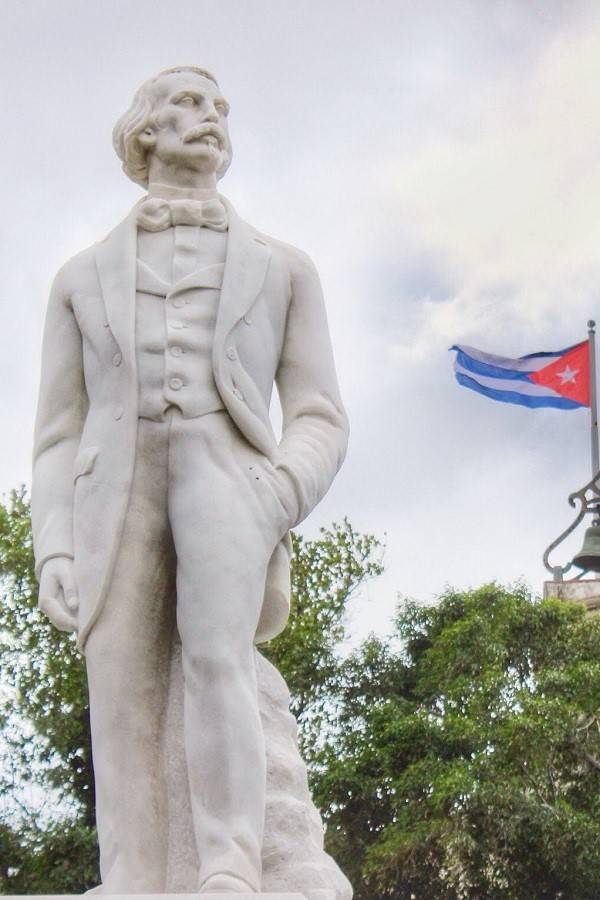
Carlos Manuel de Cespedes statue in Plaza de Armas, Old Havana
Carlos Manuel de Céspedes y del Castillo, Father of the Homeland.
Born: Bayamo (1819) died: San Lorenzo Sierra Maestra (1874)
Céspedes was born into a wealthy sugar plantation family. While studying law in Spain, he developed revolutionary ideas that influenced his character and humanist thoughts. Upon his return to Cuba, he began to organize a clandestine revolutionary movement.
On October 10th, 1868, at his sugar plantation La Demajagua, he proclaimed Cuba’s independence, called the “Grito de Yara” which began our 10-year war with Spain. He freed his slaves to invite them to join the independence fight. He became the “Padre de la Patria” (Father of the Homeland) for what he did that day and also because when Spanish soldiers captured and threatened to execute his son Oscar if he didn’t surrender, Céspedes proclaimed that all Cubans fighting for Independence are his sons. Oscar was killed by the firing squad.
Céspedes was elected the 1st President of the Republic in Arms and he led our fight up to October 1873 when he fell out of favor and was deposed. He believed that a concentration of power was needed during wartime, which he assumed as military leader and head of government, but the congress was unhappy with what they saw as authoritarianism. Victim of a betrayal, he was forced into hiding until the Spanish soldiers found and shot him in San Lorenzo on October 27th 1874. The 10-year war was not ultimately successful, but ignited the insatiable desire for independence that led the next war with Spain. For that reason, you will see many streets and other public spaces named for this date “Diez de Octubre”.
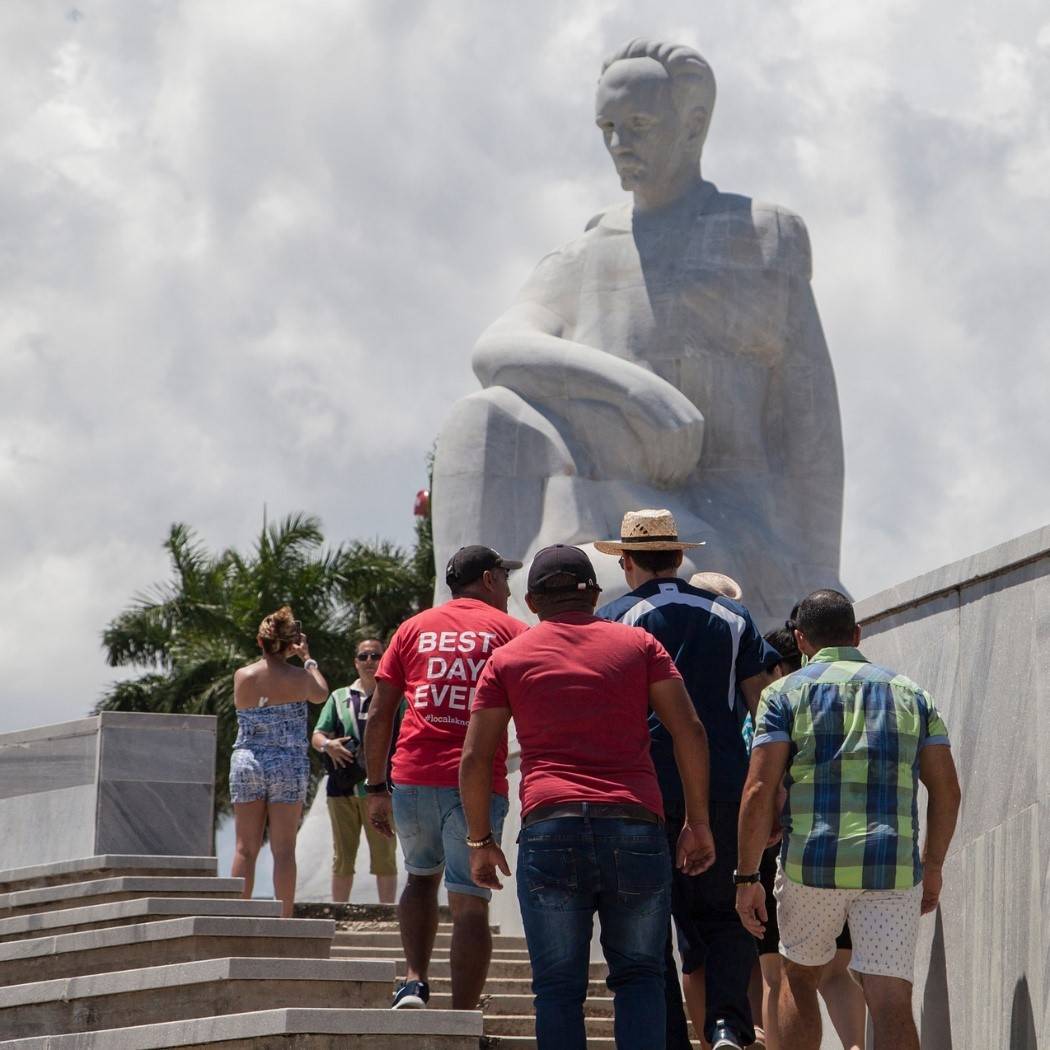
Jose Martí in the Plaza de la Revolucion, Old Havana where there is a memorial building housing a museum of his life
José Marti Pérez, Apostle of the Cuban Independence
Born: La Habana (1853), Died: Dos Ríos (1895)
Born to Spanish parents, his childhood was split between Cuba and Spain. From an early age he was a fervent supporter of the revolutionary fight for Cuba and for the abolition of slavery. He was just 15 when the 10-Year War broke out, and he and his best friend Fermin joined clubs to support the nationalist cause. At just 16 years old, he was sent prison and then banished to Spain after he and Fermin drafted and signed a letter to a friend accusing him of being a traitor for joining the Spanish army. Kept away from his family and country, Martí wrote and published several articles shedding light on Spain’s brutality in Cuba.
A brilliant mind, he is revered among Cubans and exiles alike. He is respected in the literary community because of his vast collection of written works, including journalism, philosophy, poetry, and even a children’s magazine called La Edad de Oro (The Golden Age), which is his most popular publication and a must read- even for adults.
Martí amassed support and funding for Cuba’s revolution through dynamic speeches and writings as he traveled and lived throughout Latin America, in countries such as Mexico, Guatemala, and Venezuela. He also lived for many years in the USA where early on he foresaw the danger USA represented for Latin America, and particularly for Cuba.
His tireless campaigning yielded a second chance for our independence on February 24th 1895 when war started again. This time he was not content to sit on the sidelines wielding only his pen, instead he returned to Cuba to join in combat. On May 19th, 1895, disobeying his general’s orders to stand back at the Battle of Dos Rios, he charged out dressed in black on a white stallion, an easy target for Spanish bullets. His body was buried and disinterred five times before being laid to rest at the Santa Efigenia cemetery in Santiago de Cuba, where an eternal flame burns in his honor.
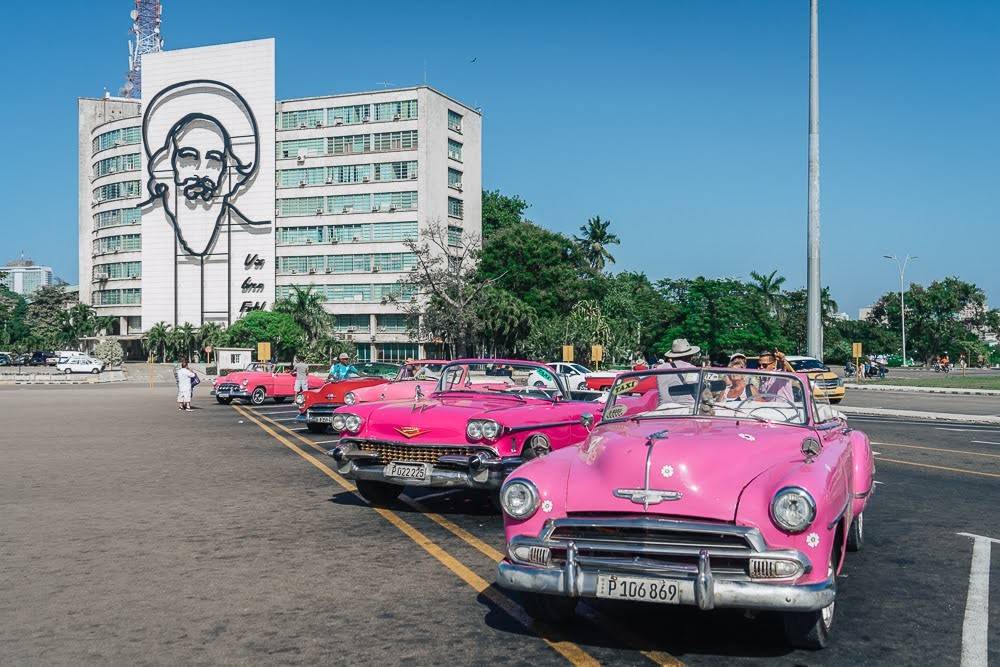
Camilo Cienfuegos Gorriarán, Man of the People
Born: La Habana (1932), Disappeared (1959)
Born in Lawton, a humble neighborhood in Havana, he was the image of the Cuban people. Joyful, good sense of humor, an excellent friend, sociable, a true patriot and a baseball fan. He learned of Fidel’s revolutionary plans from a friend while he in the US on a work visa, and went to Mexico to join Fidel Castro on the Granma yacht and fought in the Sierra Maestra mountains.
He was Che Guevara’s best friend, and was fearless in combat. He quickly rose to the rank of commander. Leading Column #2 in the revolutionary army, he liberated the several towns and villages in the north of Las Villas province. Cienfuegos led the rebel army until his disappearance on October 28th 1959 when his plane went down over the Florida Straits on his way from Camaguey to Havana. They never found any evidence of the crash. Cuban people pay tribute to him by taking flowers to the ocean and rivers every anniversary.
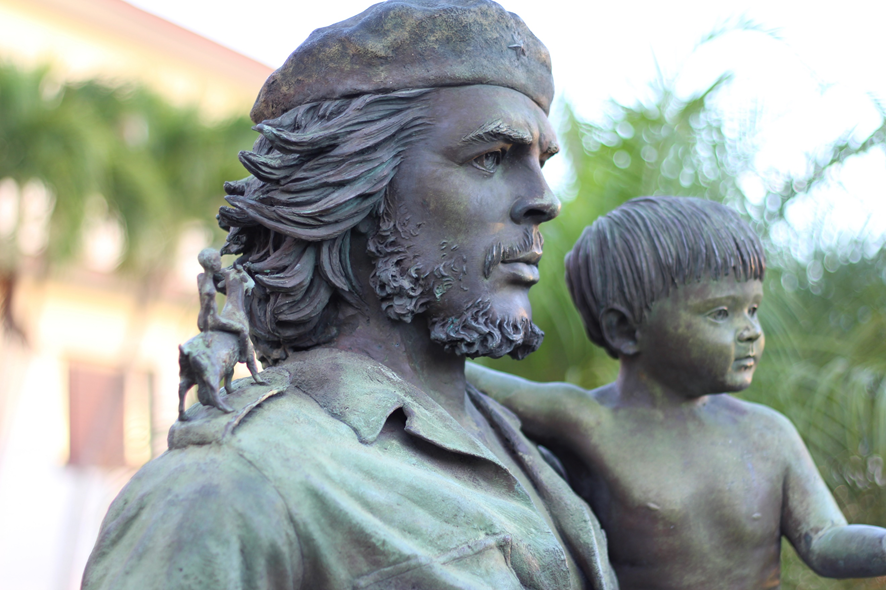
Che statue in Santa Clara
Ernesto “Che” Guevara de la Serna, The Heroic Argentine Guerilla
Born: Argentina (1928), Died: Bolivia (1967)
Che was a doctor, revolutionary, and a socialist. He had witnessed first-hand during his travels in Latin America the misery and poverty caused by capitalist exploitation, and became a determined crusader against capitalism. He joined the Castro’s Granma yacht expedition as the doctor, but became the first commander appointed by Fidel during the guerrilla war. He led column #8 in the rebel army and liberated Santa Clara city, which is why you’ll find the massive Che statue and mausoleum there.
After the Triumph of the Revolution, he held offices of Minister of Industry and President of the National Bank and led delegations with foreign countries. Believing in the importance of volunteer contributions to support society, he established voluntary work sessions on Sundays that remain today, encouraging people to spend their Sundays harvesting sugar, building homes, schools, hospitals and performing other social works. He preferred taking a more active role in the fight against capitalism and left to support guerilla armies in the Congo and later in Bolivia where he was wounded and captured on October 8th 1967 and executed the next day. The iconic Che picture you see in Cuba and around the world is called Guerrillero Heroico, heroic guerilla fighter. Che Guevara is symbol of resistance, altruism and humanist ideas
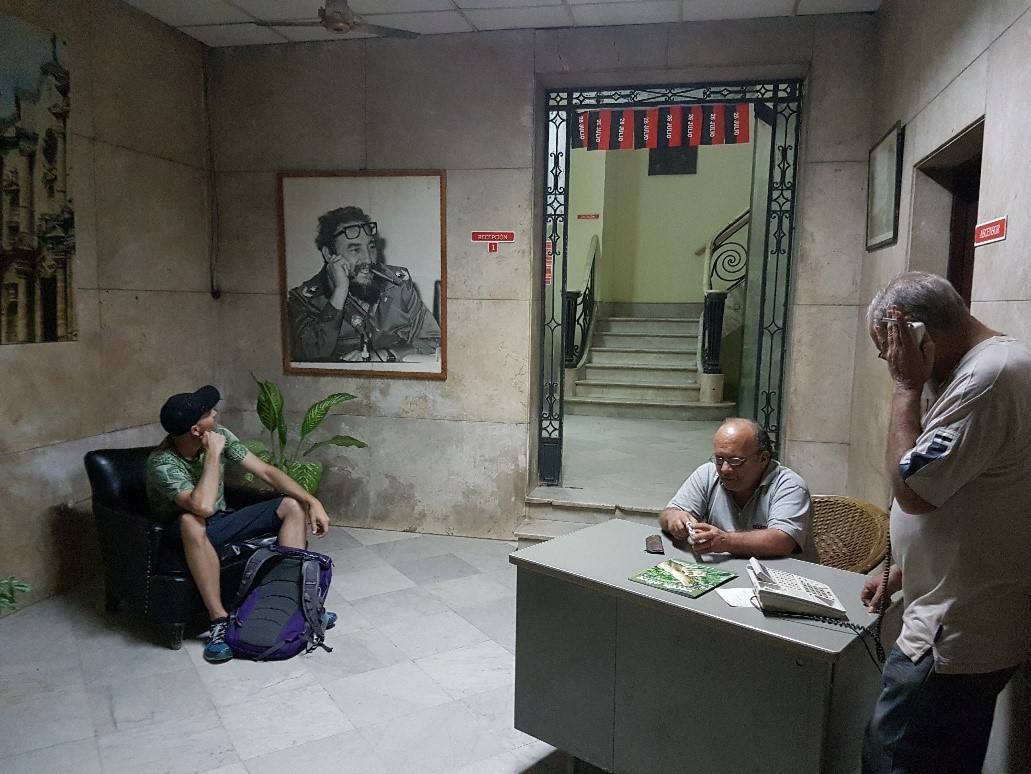
You’ll find plenty of photos but no statues of Fidel
Fidel Castro Ruz, Leader of the Cuban Revolution
Born: Birán (1926), Died: La Habana (2017)
Fidel was an extremely clever man who came from a wealthy family, he was always a rebel. He studied in private schools and graduated as a lawyer in the University of Havana in 1950. After the President Batista’s coup in 1952, Fidel took a radical position against him. On July 26, 1953, together with a group of revolutionaries, he planned and carried out a failed attack on the Moncada Barracks in Santiago de Cuba. Many of his captured comrades were tortured and executed but Castro was given a trial where he acted as his own defense counsel, and received a 15-year sentence. While in prison he wrote and published one of his most famous works, the revolutionary manifesto called La Historia Me Absolverá (History will Absolve Me), based on Jose Marti´s ideas. He was released in 1955 due to a publicity move by the Batista government but continued his revolutionary activities and was eventually forced to leave Cuba to avoid arrest. He and his brother Raul exiled in Mexico where he met Che and organized the Granma expedition that launched the guerrilla war in 1956.
After the Triumph of the Revolution on January 1st 1959, he became the leader of our country making important changes for the benefit of the people, such as his literacy campaign, healthcare and social justice initiatives. A divisive figure, Fidel survived more than 600 assassination attempts. His ideas went beyond our nation and became a paradigm all over the world. In 1992, during the Earth Summit in Rio de Janeiro, his climate change speech made an impression among the audience. He said ¨An important biological species -humankind- is at risk of disappearing due to the rapid and progressive elimination of its natural habitat…” From 2006 on, his writings about different national and international issues have received praise for their clarity and vision of the main problems affecting the world and their potential solutions. His ashes are resting at Santa Efigenia Cemetery in Santiago de Cuba, along with Jose Martí and Carlos Manuel de Céspedes. Per Fidel’s wishes, you won’t find any statues or monuments to him, nor landmarks bearing his name, as he was outspokenly opposed to the “cult of personality”.

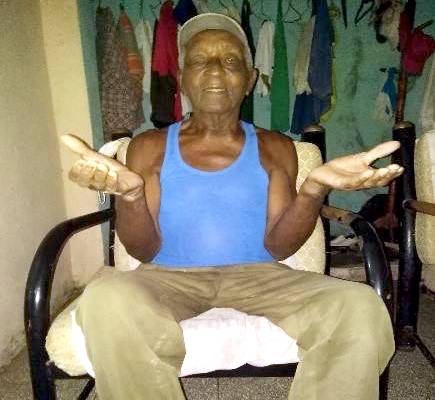
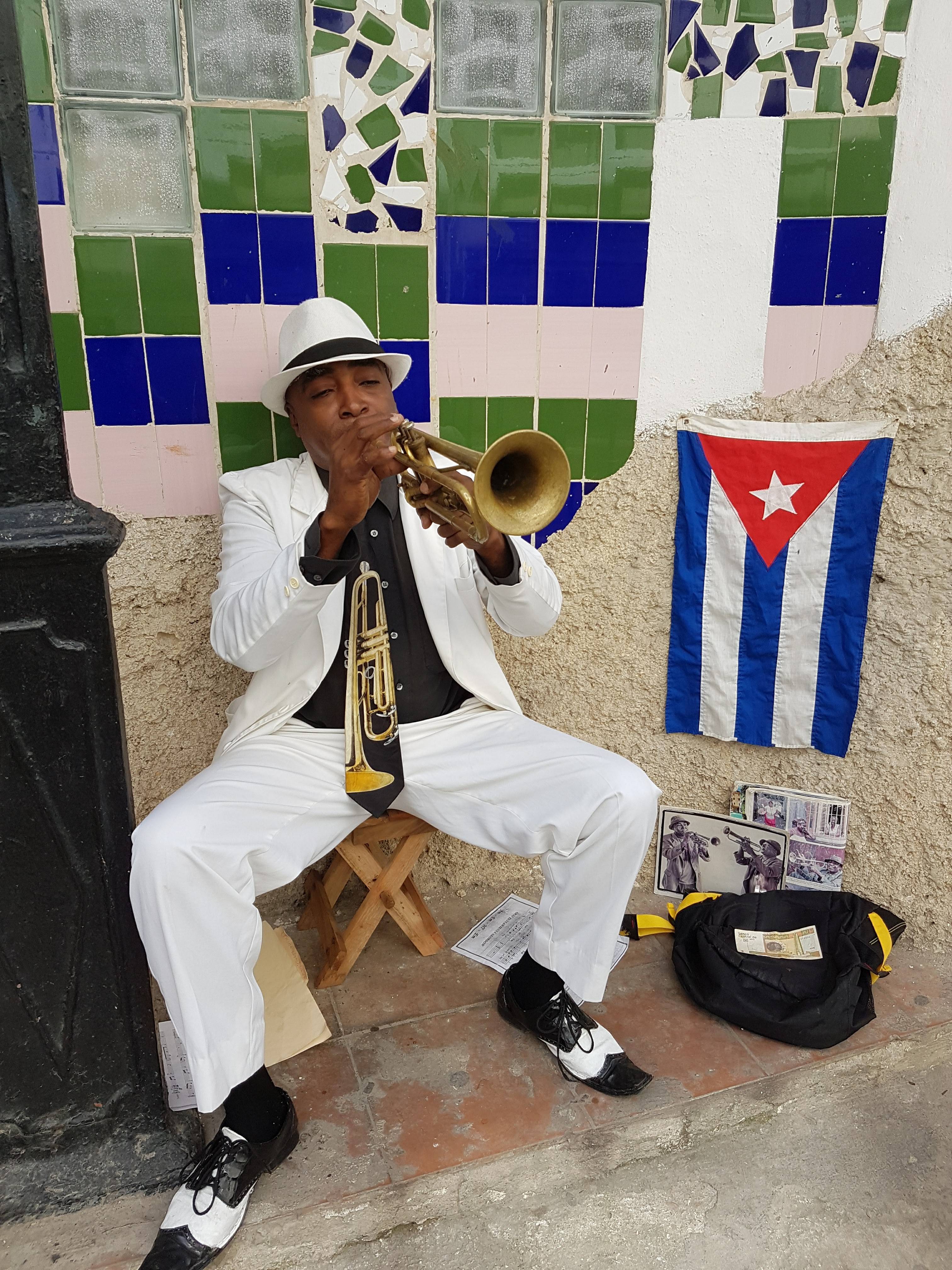
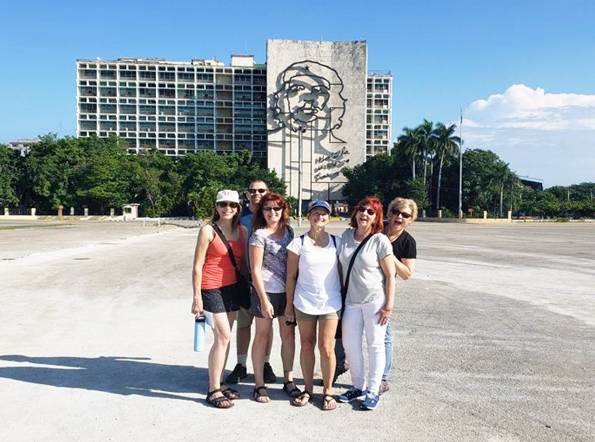
Comments